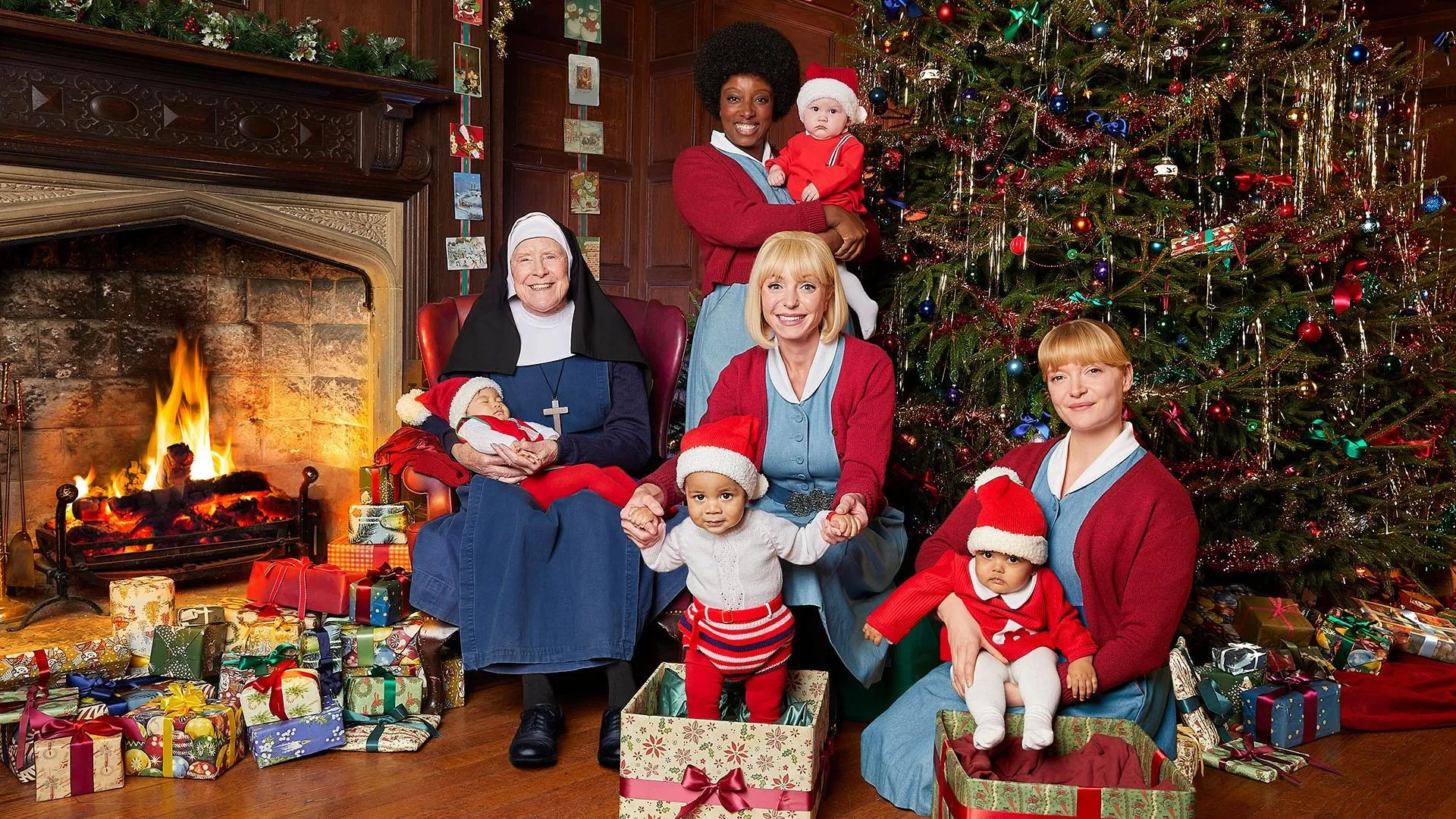

Real History Inspiring Grantchester Season 10
Grantchester’s milestone season explores the transformative tides of the early ‘60s—from the swagger of the “Mod” movement to the rise of mainframe computers and molecular science. Set in 1962, the storyline weaves relevant history into its crime plots, reflecting British society on the brink of big change.
Here’s a closer look at references you’ll catch in Grantchester Season 10. Keep your eyes and ears open; history is hiding in the details.
Expansion of Mainframe Computers
Powerful mainframe computers—room-sized machines built to crunch vast amounts of data—appeared on the British scene in the early 1950s. Ten years later, mainframes were essential to businesses balancing their books, government agencies tracking pensions, and scientists calculating satellite orbits.So where might one of these giant machines first surface in 1962’s Grantchester? Will it be humming away at the village pub tracking ale inventory? Helping the vicar with parish records? Or quietly computing clues to solve a murder?
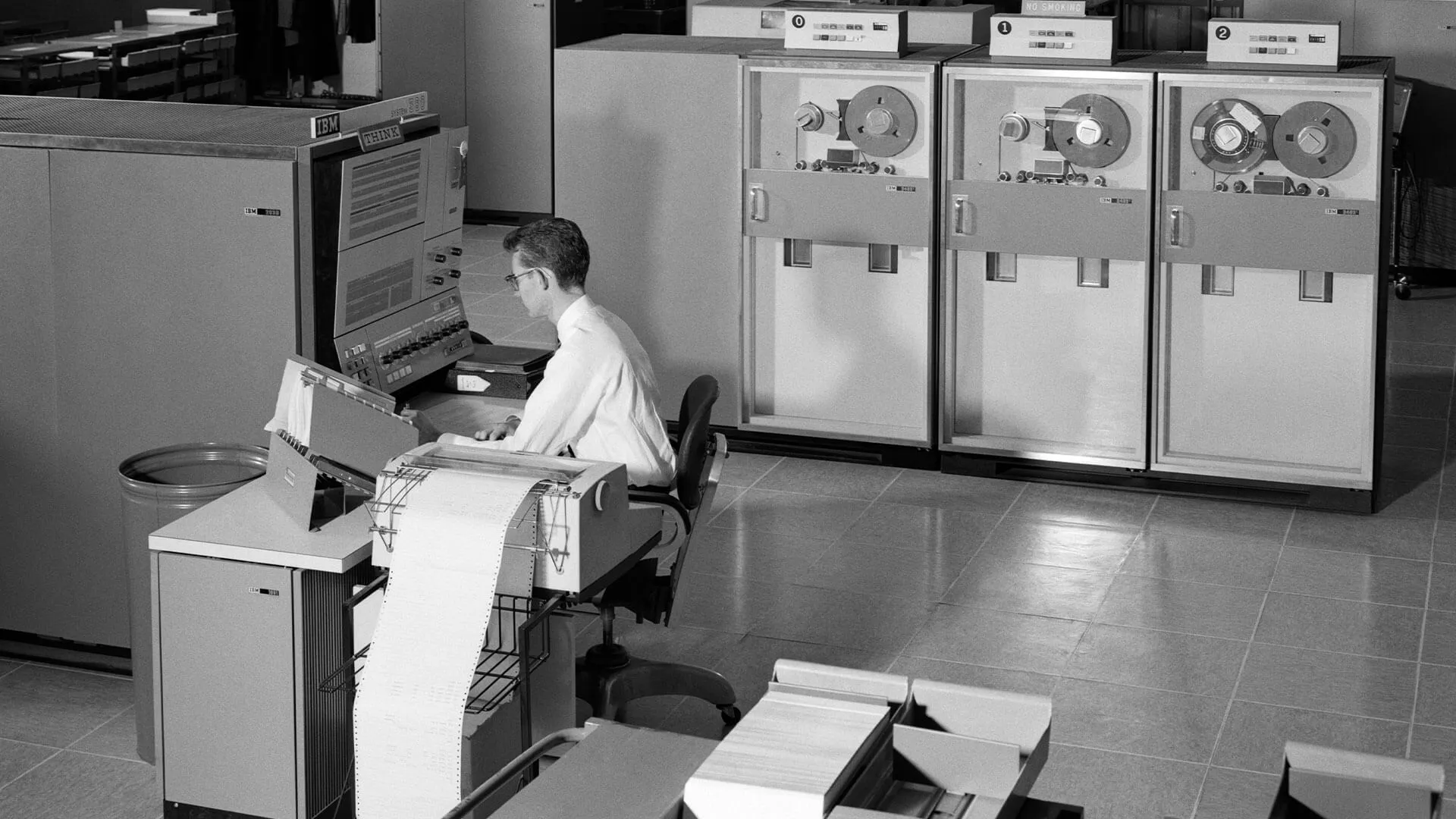
Man programming large mainframe computer surrounded by data tape drives. Bakelite: Where Modern Plastics Began
Grantchester’s audience meets someone this season who made a name for themselves—and a fortune—in Bakelite, the world’s first synthetic plastic. Bakelite is highly resistant to electricity, heat, and chemical action, and so was used for the non-conducting parts of radios and devices like light bulb sockets and automobile distributor caps. Molded Bakelite later found a place in almost every home, from telephones to novelty jewelry and eggcups. Depending on when it was manufactured, some Bakelite pieces are now considered antique.
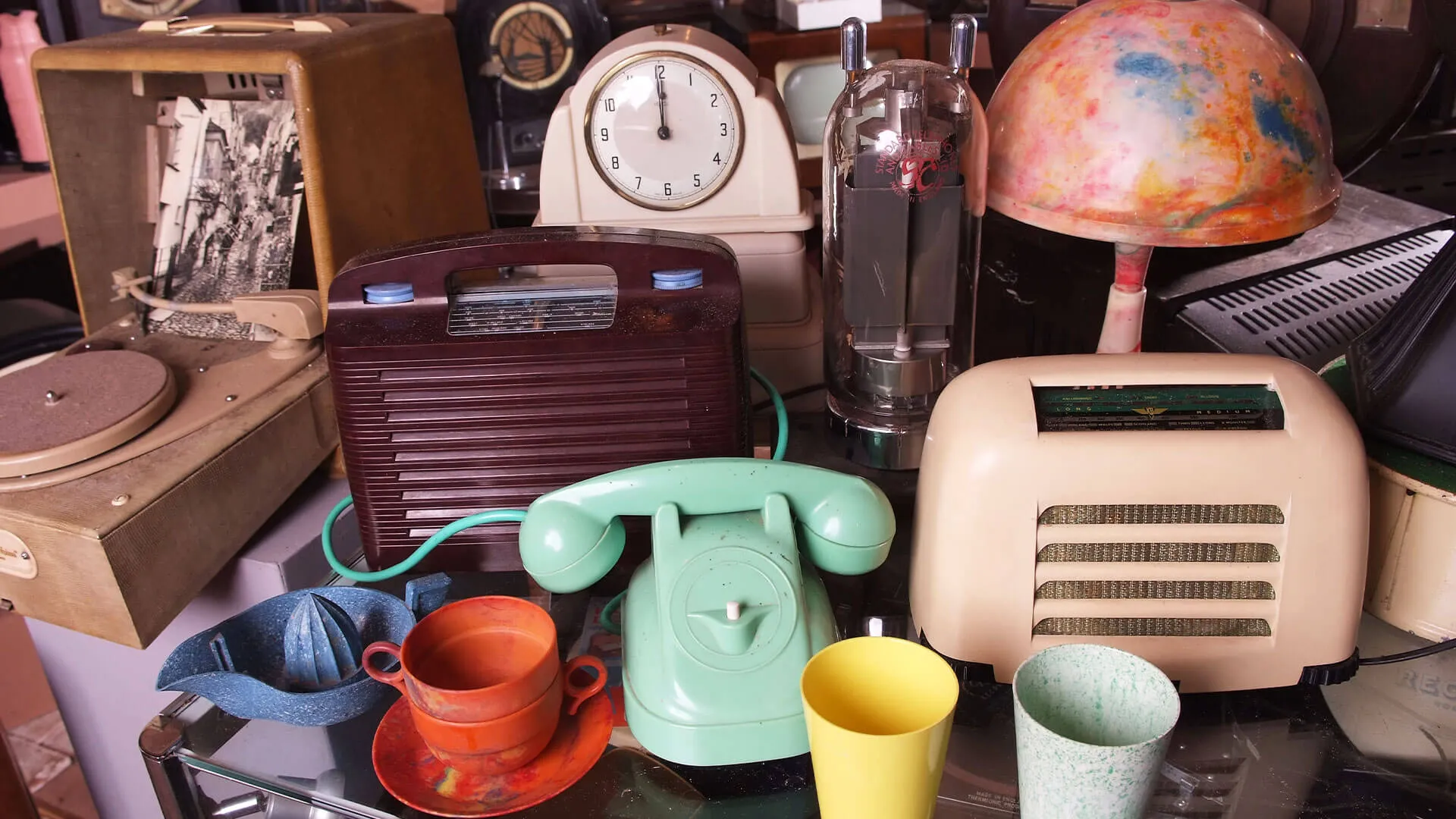
Bakelite Museum exhibit, including TVs, radios, household and industrial items made in early plastic. Bestselling Novels of the Early ‘60s
Characters besides Leonard Finch are diving into classic reads in Season 10—watch for their mention of novels published in the early ‘60s, such as Ken Kesey’s One Flew Over the Cuckoo’s Nest and The Prime of Miss Jean Brodie by Muriel Spark. In 1962 specifically, J.D. Salinger’s Franny and Zooey and Katherine Anne Porter’s Ship of Fools were the longest-running number one bestsellers on The New York Times list. And John Steinbeck was awarded 1962’s Nobel Prize in Literature.
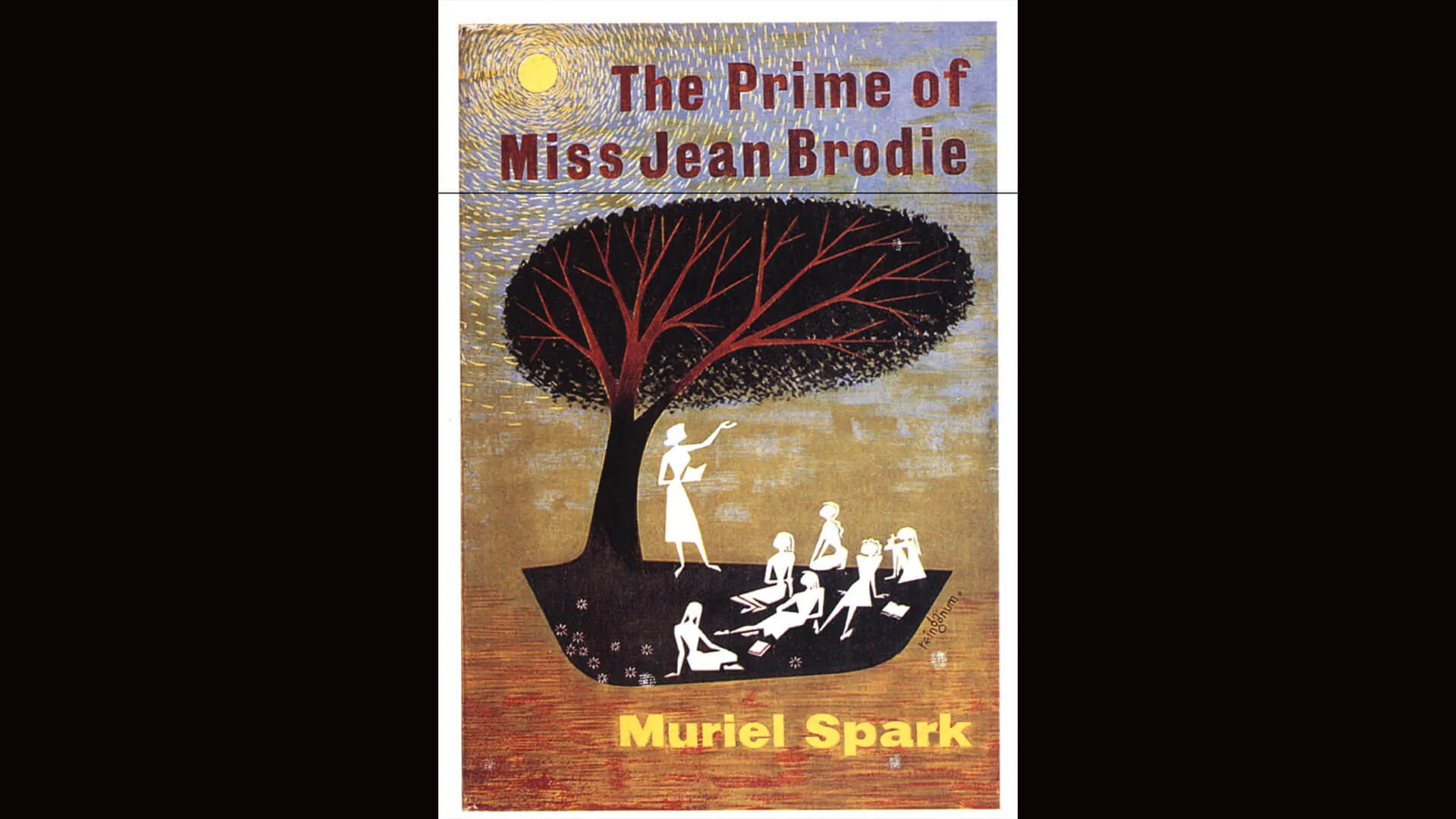
First published as a book by Macmillan in 1961. The “Mod” Movement
“Being a Mod” in the early ‘60s meant embracing a distinctive youth subculture that first emerged in London. It was a lifestyle rejecting traditional British culture and pursuing individuality and self-expression. Mods stood out with sharp, slim-cut European suits and miniskirts, spent their nights in jazz and R&B clubs, and zipped around on Italian Vespa scooters. Their approach drew from Jean-Paul Sartre’s notions of existentialism, focusing on creating their own identity in a world without inherent meaning. Perhaps when the Mod movement visits Grantchester in Season 10, Geordie Keating will finally get a new suit!
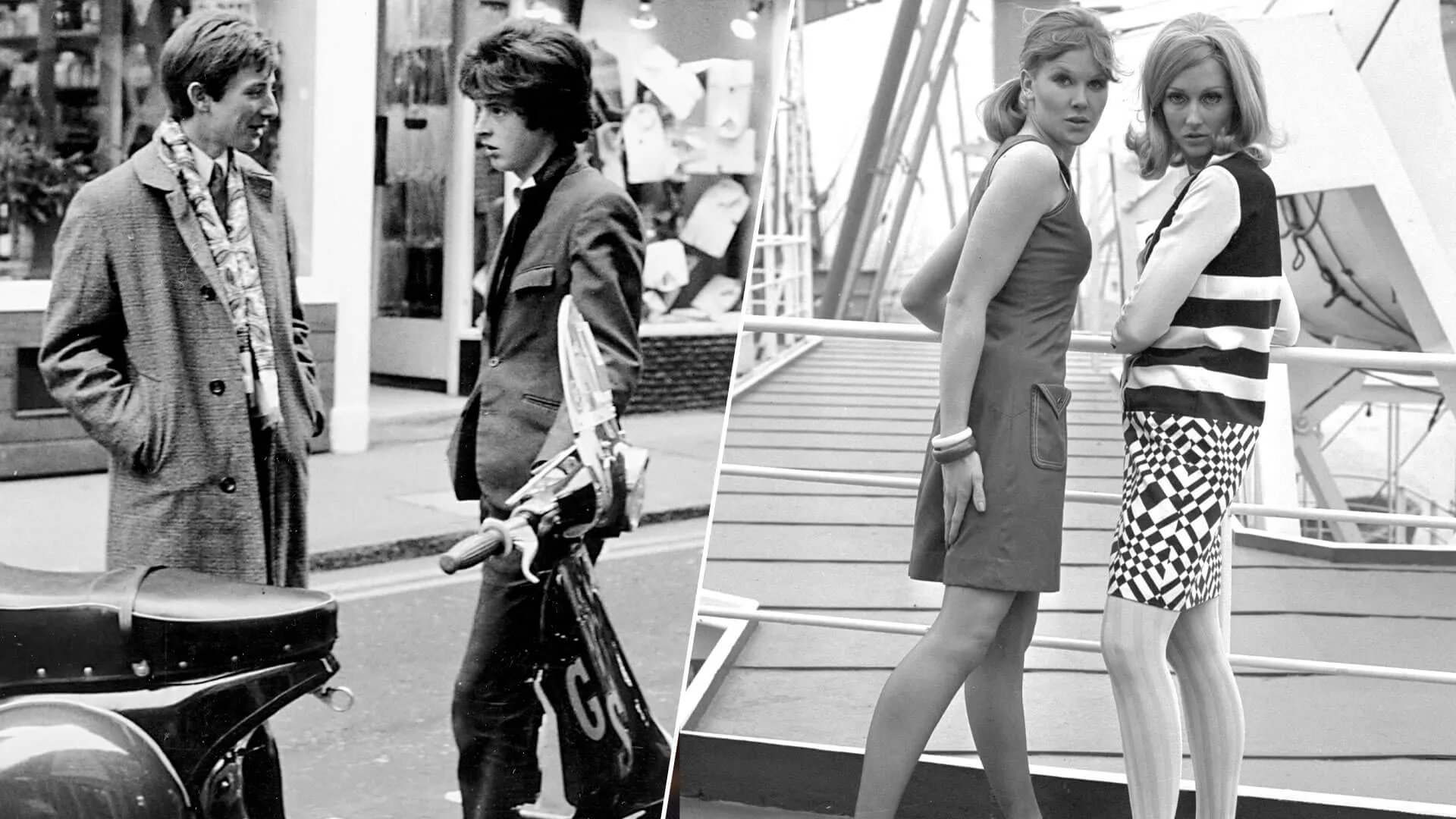
The Mod’s favorite transport, the motor scooter (left) and penchant for shorter skirts (right). Molecular Clock Theory Unlocks Evolution’s Timeline
Buckle up, here we go: Molecular Clock Theory uses the rate of genetic mutations to estimate when various species diverged; it helps explain the timeline of life’s evolution. Examples of species divergence include humans from chimpanzees and the evolution of viruses. The hypothesis originated in 1962 from work at Caltech, gained momentum worldwide, and became a core tool in evolutionary biology. Since Grantchester is said to be home to the highest concentration of Nobel prizes per person, don’t be surprised to see this concept appear in Season 10.
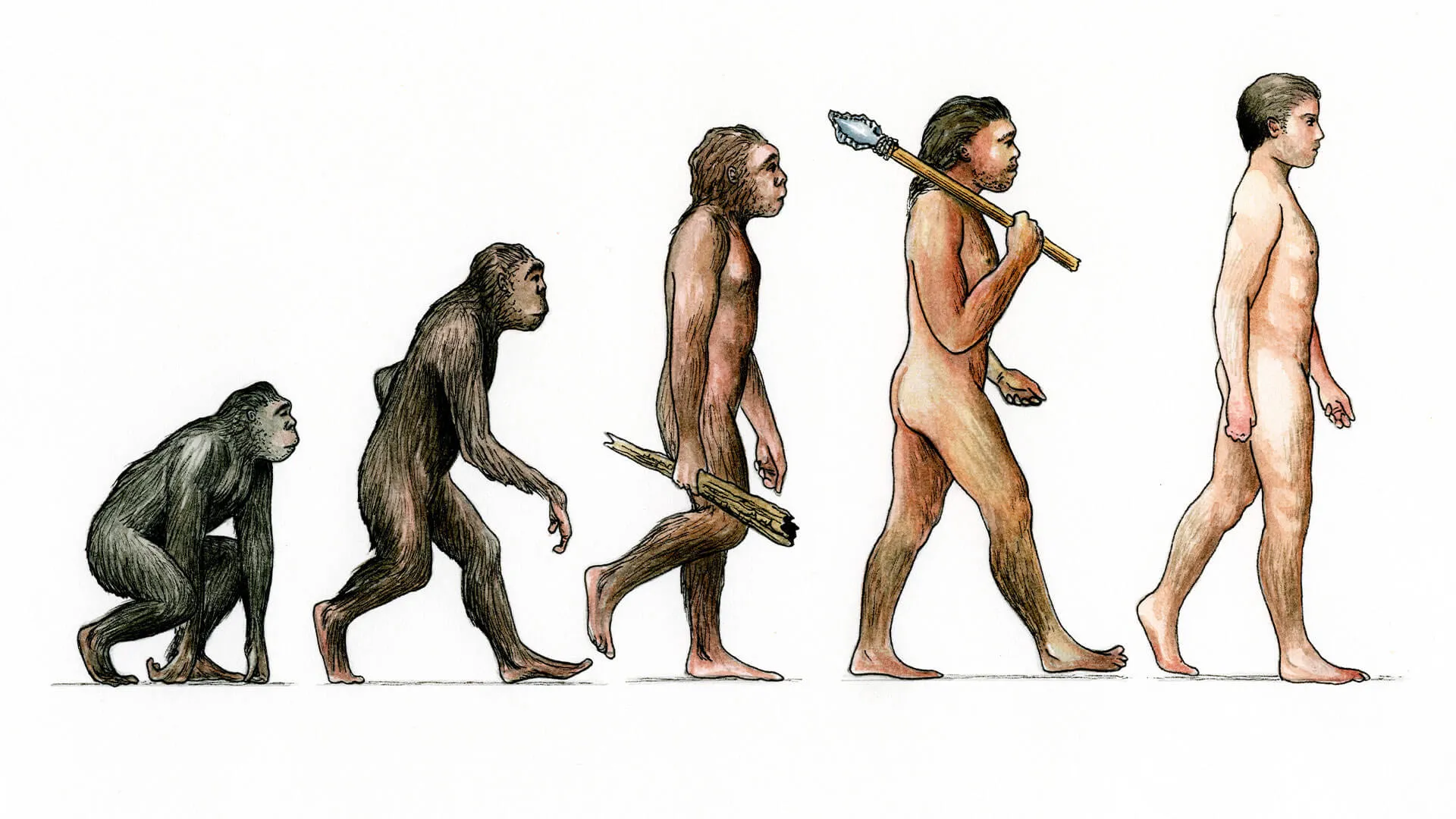
The Schrödinger's Cat Metaphor
Schrödinger’s cat is a famous thought experiment in quantum physics, devised by Erwin Schrödinger in 1935. It imagines a cat trapped inside a sealed box with a device having a 50% chance of ending its life. Until the box is opened, the cat exists in a state of being both alive and dead simultaneously. Over time, “Schrödinger’s cat” became a metaphor for situations where an outcome remains uncertain until it’s directly revealed. And while Grantchester fans might assume Leonard is the one to drop such an erudite reference, they may be in for a surprise.

Set of physics formula, symbols, equations and Schrödinger’s cat. Dan Dare: Pilot of the Future
In the final episode of Season 10, we meet a boy who loves electric trains, camping, and reading Eagle comics—especially the adventures of Dan Dare, “Pilot of the Future.” Colonel Dare was the Star Wars hero of his day, leading interplanetary missions and defending Earth from cosmic threats, reflecting the early ‘60s fascination with space exploration, Cold War tensions, and the double-edged nature of advanced technology. With its highly detailed artwork and compelling stories, Eagle sold hundreds of thousands of copies each week.
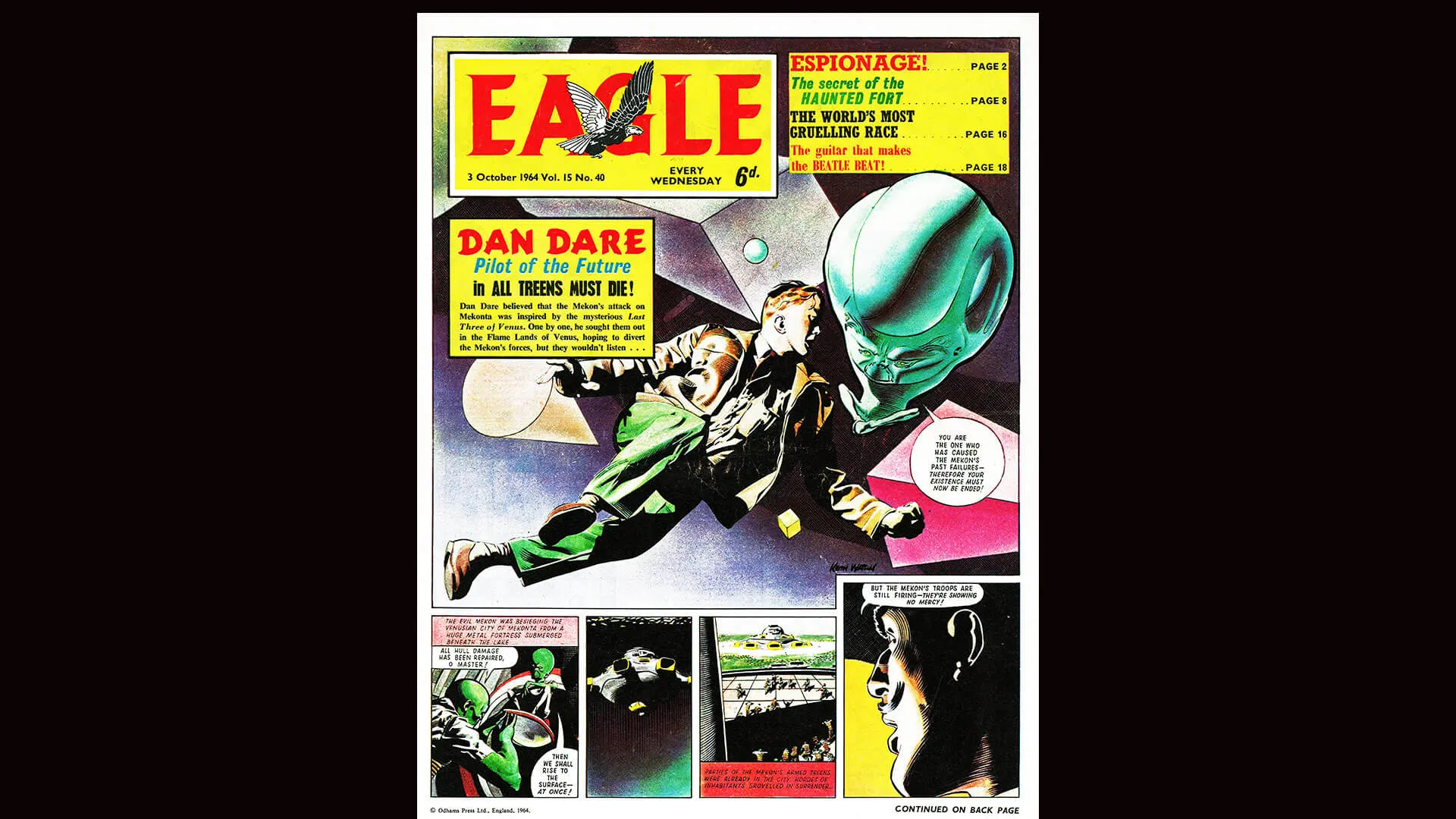
Eagle comics front page, early 1960s.


